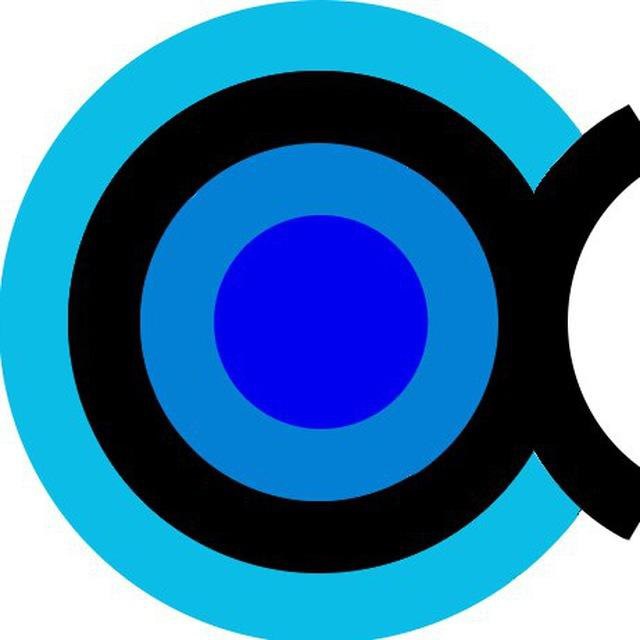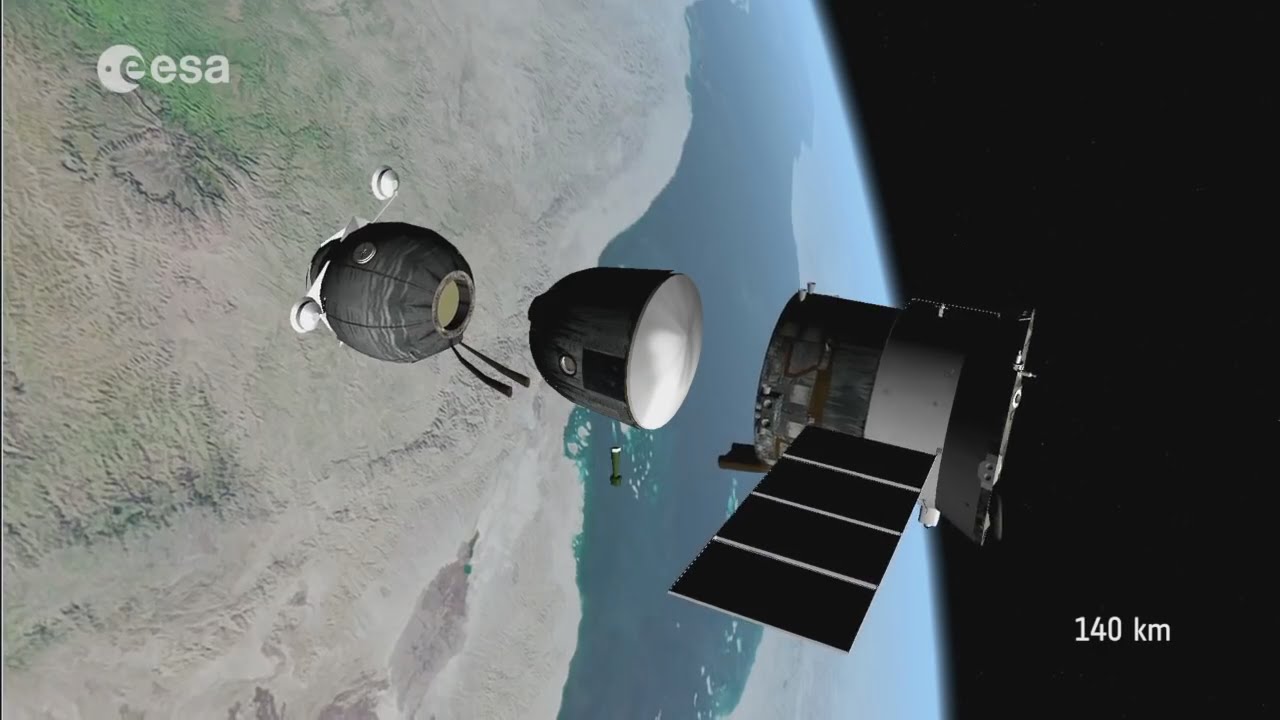АК
Size: a a a
2020 June 04
Возможно они ездят вверх-вниз для поглощения самого удара, вроде так но я точно не помню
CS
На союзе как раз такого нет. Там кресла не крутятся вокруг своей оси, ибо он садится вертикально на симметричном подвесе парашюта
Они сдвигаются при посадке
АК
Они сдвигаются при посадке
А у спейсов поворачиваются
CS
Они сдвигаются при посадке
Но угол почти маленький
CS
А у спейсов поворачиваются
На сколько градусов?
АК
Как раз сдвижные возможно позволили бы обойтись без поворота, но аморт тоже кучу места бы занял
АК
На сколько градусов?
Много, я на глаз не умею определять. Где-то 20? На трансляции надо пересмотреть
AK
Andriy Kurylo
This all sounds great! Go mole, go...
QUOTE
Therefore, the next step will be another hammering with the scoop pushing on the back-cap. During that hammering, we expect the scoop to be stopped by the regolith (if it has not been stopped already at the end of the Sol 536 hammering) and we can see whether the Mole is able to dig on its own. We call this the 'free-Mole' test.
Clearly, the Mole was not stopped by a stone as has been suggested
You may recall that our leading theory was that the Mole did not move into the subsurface because the regolith did not provide enough friction to balance the recoil force of the Mole. Although this force is much smaller than the force that drives the Mole forward (five to seven newtons as compared to 900 newtons) it still needs to be provided by the overburden pressure. Calculations that I had discussed earlier in this blog suggest that the friction force will suffice if the Mole is fully buried. Some additional friction can be provided if we use the arm to load the surface, which we will do.
Should the Mole move into the subsurface on its own (albeit being helped somewhat by the regolith push), friction will increase and improve the situation as the Mole moves deeper. When the Mole back cap is at a depth of approximately 20 centimetres, loading the surface will have become ineffective and the regolith push should no longer be necessary. We will then do what we planned to do more than a year ago – command the Mole to hammer to depth.
So, you see, the next step, the free Mole test, will be very exciting. But what if the Mole is just not deep enough in for sufficient friction? We then have two options, either fill the pit to provide more friction and push on the regolith, or use the scoop to push at the back-cap again, but this time with its tip rather than with its flat bottom surface. This would be a somewhat more difficult operation but doable, as the Instrument Deployment Arm (IDA) team thinks.
QUOTE
Therefore, the next step will be another hammering with the scoop pushing on the back-cap. During that hammering, we expect the scoop to be stopped by the regolith (if it has not been stopped already at the end of the Sol 536 hammering) and we can see whether the Mole is able to dig on its own. We call this the 'free-Mole' test.
Clearly, the Mole was not stopped by a stone as has been suggested
You may recall that our leading theory was that the Mole did not move into the subsurface because the regolith did not provide enough friction to balance the recoil force of the Mole. Although this force is much smaller than the force that drives the Mole forward (five to seven newtons as compared to 900 newtons) it still needs to be provided by the overburden pressure. Calculations that I had discussed earlier in this blog suggest that the friction force will suffice if the Mole is fully buried. Some additional friction can be provided if we use the arm to load the surface, which we will do.
Should the Mole move into the subsurface on its own (albeit being helped somewhat by the regolith push), friction will increase and improve the situation as the Mole moves deeper. When the Mole back cap is at a depth of approximately 20 centimetres, loading the surface will have become ineffective and the regolith push should no longer be necessary. We will then do what we planned to do more than a year ago – command the Mole to hammer to depth.
So, you see, the next step, the free Mole test, will be very exciting. But what if the Mole is just not deep enough in for sufficient friction? We then have two options, either fill the pit to provide more friction and push on the regolith, or use the scoop to push at the back-cap again, but this time with its tip rather than with its flat bottom surface. This would be a somewhat more difficult operation but doable, as the Instrument Deployment Arm (IDA) team thinks.
CS
Много, я на глаз не умею определять. Где-то 20? На трансляции надо пересмотреть
Ок, на союзе примерно столько, но по моему и этого угла хватило чтобы убрать лишние кресла (эх)
АК
АК
30:30 скорее
CS
Тут на 30:25 поворот
https://www.youtube.com/watch?v=e_5NCze1ZVg
https://www.youtube.com/watch?v=e_5NCze1ZVg
Класс, как на авто:)
CS
На союзе выстреливает вверх перед непосредственно посадкой🤣
CS
Ща попробую найти
T
Был в соседнем чатике вопрос почему у крю дракона именно кресла крутят а не пульты. И я предполагаю так: положение в котором они садятся в корабль, которое наклонное и далеко от пультов, скорее всего оно же посадочное. Ведь при старте перегрузки направлены вдоль оси корабля, а при посадке он входит в воду под углом, и наверное кресла для этого ставят перпендикулярно направлению удара об воду. Потому и добавили поворот кресел, и потому же убрали нижний ряд: их повернуть некуда
+
CS
И
А как в соседний чат попасть?
AS
На союзе выстреливает вверх перед непосредственно посадкой🤣
Именно так... По принципу подушки безопасности. ничего странного
AS
Обычный пиропатрон






